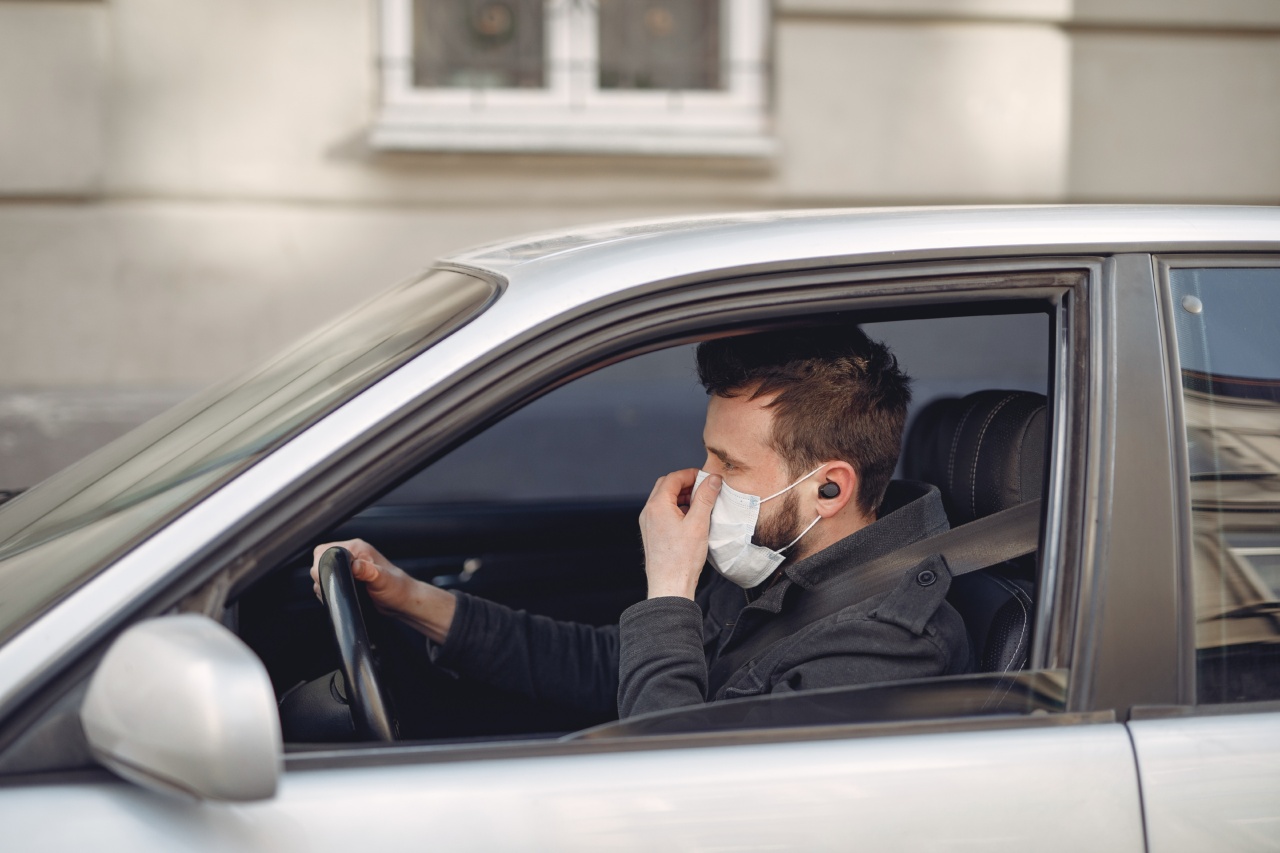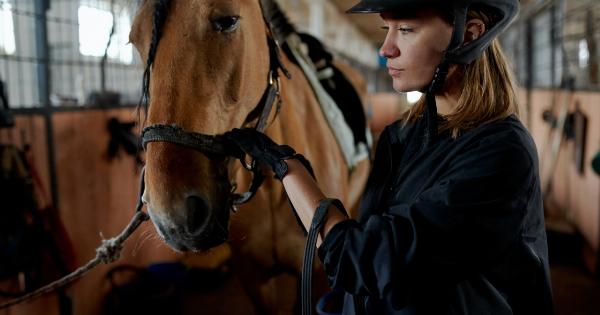For many pet parents, bringing their furry friends along for rides is a fun and bonding experience. However, it’s essential to take into account some driving guidelines to ensure your pet stays secure while in transit.
Here are some tips to make your ride with your furry friends safer and enjoyable.
Tip #1: Put Your Furry Friend in a Crate or Carrier
Anytime you bring your pet into a car, it’s always better to keep your furry friend safe by putting them in a crate.
The crate’s doors need to be correctly locked in place to avoid accidents that can occur if your furry friend gets ejected out of the crate at any point during transit.
If a crate isn’t your thing, you can opt to go for a carrier instead. The carrier needs to be large enough to offer your furry friend a comfortable and spacious place to move around while in transit.
Tip #2: It’s a No-No to Leave Your Furry Friend Alone in the Car
Unless the circumstances necessitate you leaving your furry friend inside the car, it’s never a good idea to do such a thing.
The high temperature inside cars, especially during summer months, can lead to your furry friend experiencing heat exhaustion or dehydration faster.
Conversely, during winter, the temperatures can get too low, causing your furry friend to shiver uncontrollably. And with so much unpredictable weather and temperatures fluctuations, it’s safer to keep your furry friend by your side always.
Tip #3: Use a Seat Belt or Harness Designed Specially for Pets
Just like humans, pets also require extra safety precautions when inside a moving car. A seat belt or harness designed explicitly for your furry friend will protect them from getting injured in case of a collision or abrupt stop.
There are plenty of seat belts and harnesses available in the market made explicitly for your furry friends that ensure they remain safe and secure.
For larger pets, a dog crate secured to the back seat or placed vertically in the cargo area will go a long way into ensuring their safety.
Tip #4: Never Let Your Furry Friend Stick Out Their Heads or Paws Outside
While it can be tempting to allow your furry friend to stick their head or paws out of the car window, it’s never a good idea. Apart from being a safety risk, your furry friend can be hit by passing cars, road debris, or low-hanging branches.
Similarly, gusts of wind can cause harm to your furry friend’s eyes, ears, and nose, leading to health conditions such as ear infections, eye injuries, and respiratory infections.
Instead, open your car windows a bit to enable enough airflow into your vehicle.
Tip #5: Always Pack Enough Water and Food for Your Furry Friend
When traveling with your furry friend, ensure you pack their food and water bowl and enough snacks to nibble on throughout transit.
Most importantly, carry enough water to keep your furry friend hydrated throughout the journey because they can quickly become dehydrated if they don’t drink enough water during travel.
Also, plan to stop frequently on your journey, preferably every two hours, to give your furry friend a chance to stretch, pee, defecate, and drink more water comfortably.
Tip #6: Keep the Temperature Comfortable for Your Furry Friend
Just like humans, your furry friend can be affected by extreme temperature changes.
On hot days when traveling, ensure that the air conditioning or natural airflow is adequate, and the temperature inside the car is comfortable for your furry friend to avoid heat exhaustion. Conversely, on cold days, have enough blankets and warmth for your furry friend to keep them cozy throughout the journey.
Tip #7: Secure Loose Items to Avoid Injury
While driving, loose items can quickly become projectiles in case of braking or collisions, causing injury to humans and pets. Therefore, ensure everything inside the car is secure, especially on shelve areas above your furry friends.
Tip #8: Stop for Rest Breaks
Pets also need rest breaks from long travels to avoid exhaustion, dehydration, or motion sickness. Therefore, plan your journey and stop for a rest break every two hours.
Let your furry friend stretch, move and do their bathroom duties to help them relax and enjoy the journey effectively.
Tip #9: Carry All Relevant Documents for Your Furry Friend
When traveling with your furry friend, you’ll need to carry their medical records, vaccination records, adoption papers, registration, and identification documents.
If you’re traveling out of town, you might also be required to keep your furry friend’s travel documents such as veterinary health certificates and permits required in certain areas.
This way, you’ll face fewer legal issues in case of an incident when on the road with your furry friend.
Tip #10: Keep Your Furry Friend Comfortable
Lastly, when traveling with your furry friend, put their comfort first.
Ensure your journey is as comfortable as possible, avoid sudden stops and starts, ensure the temperature is suitable for your furry friend, and keep them occupied with enough snacks and toys to make the journey enjoyable and calming.
Conclusion
Traveling with your furry friend can be a wonderful experience with the right preparation and care. Follow these practical tips to make your next road trip with your furry friend as safe and enjoyable as possible.




























